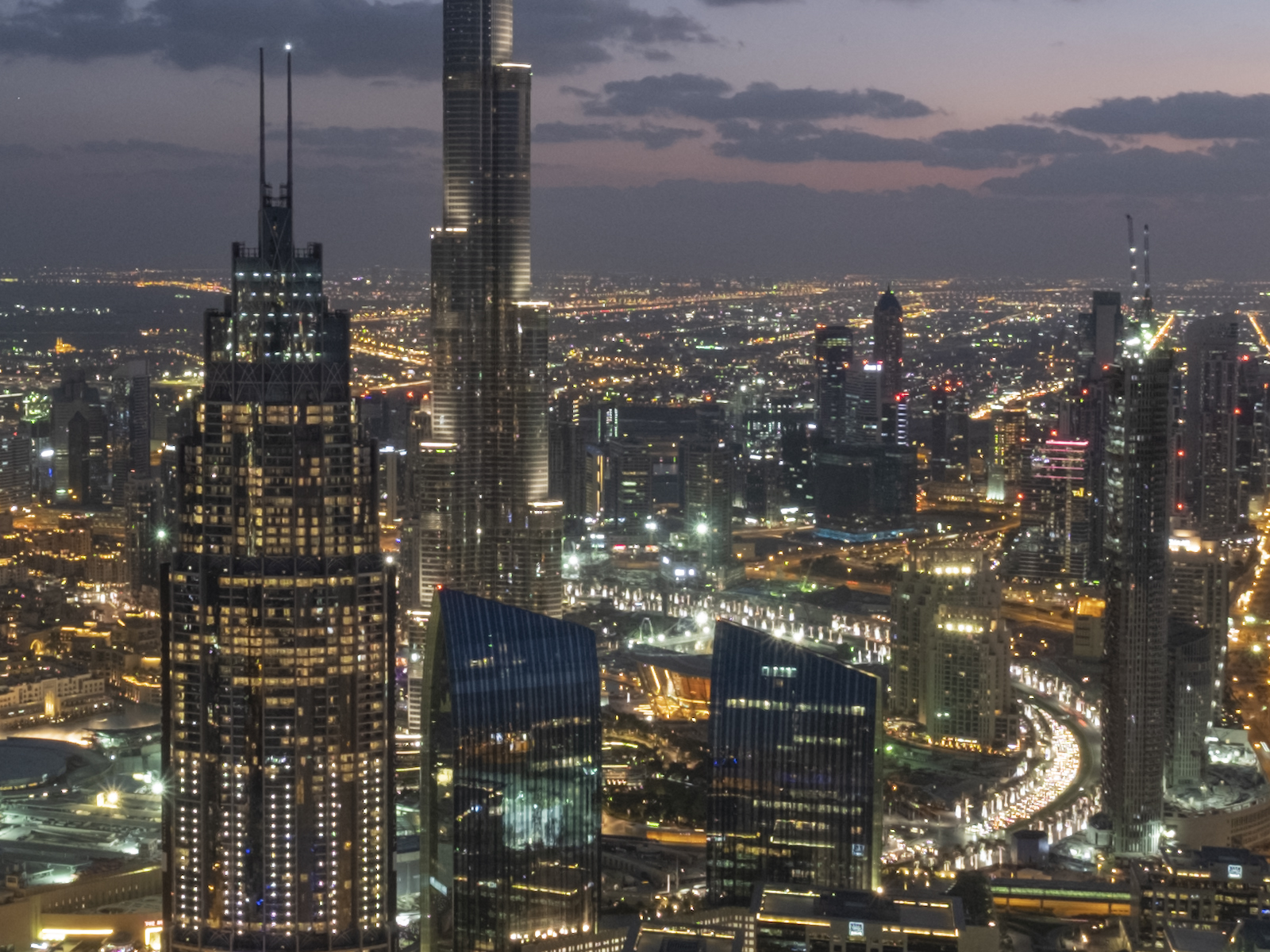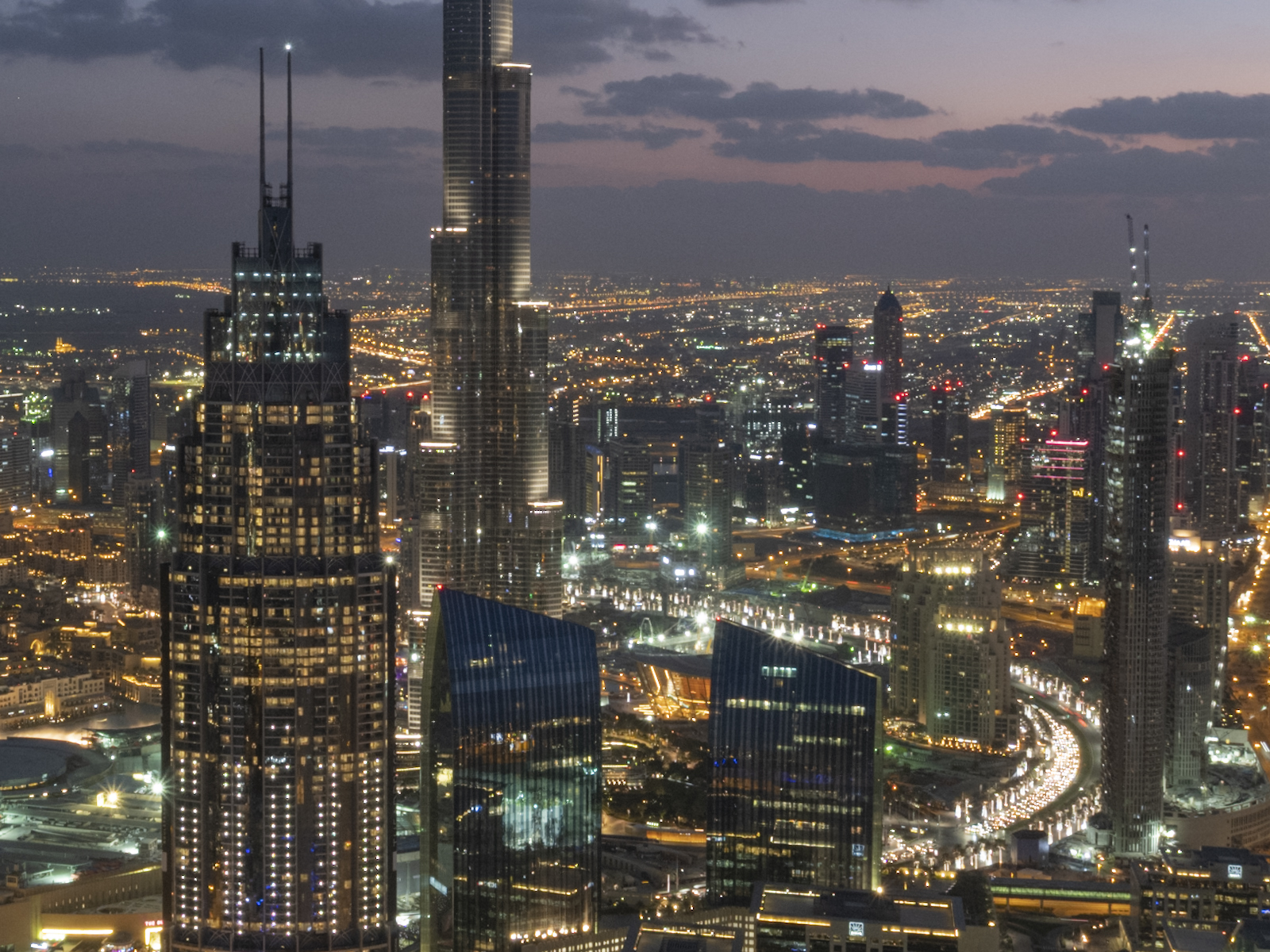
Cameras capture photos at a specific resolution, but can artificial intelligence enhance that resolution after the image is taken? Adobe not only says it’s possible but proved it with a trio of updates. On Tuesday, February 12, Adobe launched updates for Lightroom Classic, Lightroom CC and Camera RAW with a new feature called Enhance Details that can boost resolution up to 30 percent.
Enhance Details is an A.I.-powered tool that uses the demosaicing process to boost the detail and sharpness of an image. Understanding exactly how software can boost resolution — and actually increase quality at the same time — requires a bit of background on how camera sensors work. A camera sensor uses a layer of red green and blue color filters arranged in either a Bayer or X-Trans pattern to read the color in the scene. The camera averages the colors from the surrounding RGB pattern to give each pixel its color, a process called demosaicing.
Adobe’s Enhance Details tool uses a convolutional neural network, a form of A.I., during the demosaicing process. The algorithms — one for Bayer sensors one for Fujifilm X-Trans — were trained to work with the trickiest parts of the image where the most detail and texture is. As a result, Adobe says the algorithm helps produce better details while combatting issues like color shifts, moiré, and soft edges, allowing for up to a 30 percent boost in resolution.
The update requires a more recent operating system, either MacOS 10.13 or later or Windows 10 (1809) or later, and the RAW files can’t be linear RAW conversions, merged HDR or panoramas, smart proxies, loosely compressed DNGs or 1.1 compatibility DNGs. Adobe says the process is intense, so expect to wait a bit for the image to process, longer on machines with slower GPUs. Adobe says the tool is best for photos with lots of details, images with artifacts or images that are printed in a large format.
The updates continue with the addition of the high-dynamic range merge and panorama merge inside the desktop versions of Lightroom CC. The HDR panorama, which mixes both processes, is also added in the latest update. The three new options are inside the Photos > Photo Merge menu.

The targeted adjustment tool, which allows photo editors to adjust color or range in the Color Mixer or Tone curve by clicking on that color in the image, is also coming to Lightroom CC. Clipping indicators, which show the highlight clipping and shadow clippings, are also now available. The iOS version allows for sharing a random selection of photos, while the Android update focuses on bug fixes.

Lightroom Classic already has those HDR, panorama, HDR panorama, and targeted adjustment tools. The Classic version, besides the Enhance Details, gains more stability for tethering with Nikon cameras along with some bug fixes.





